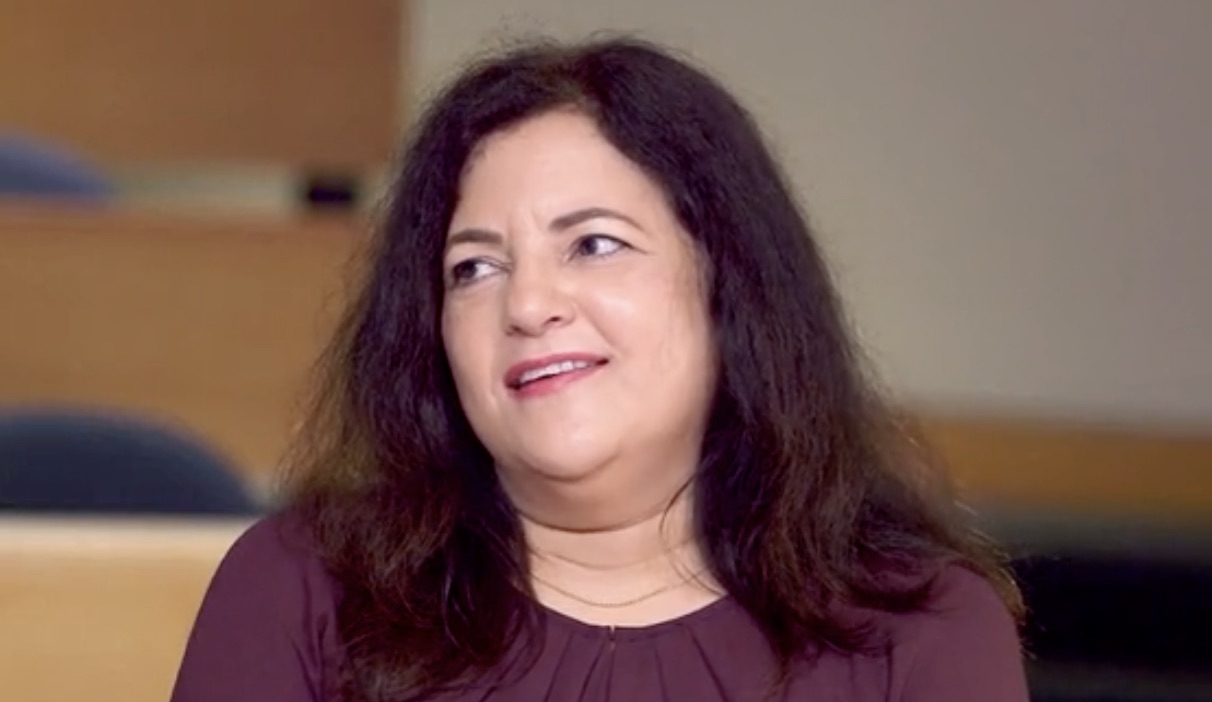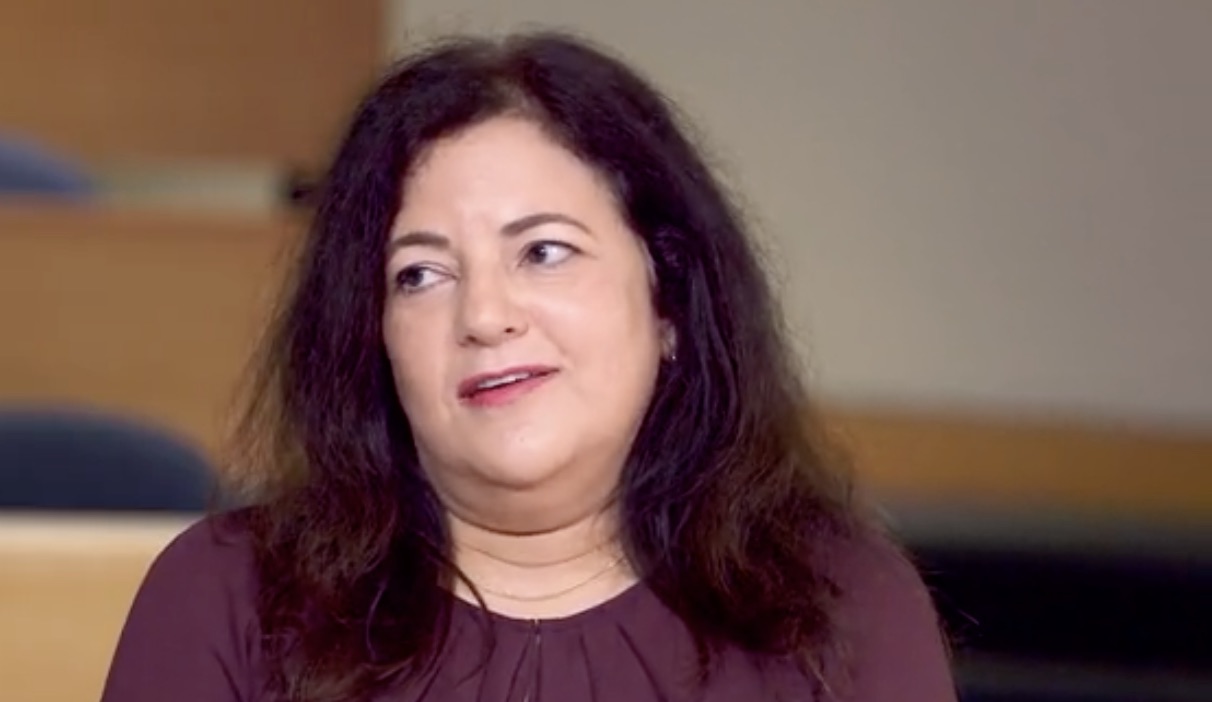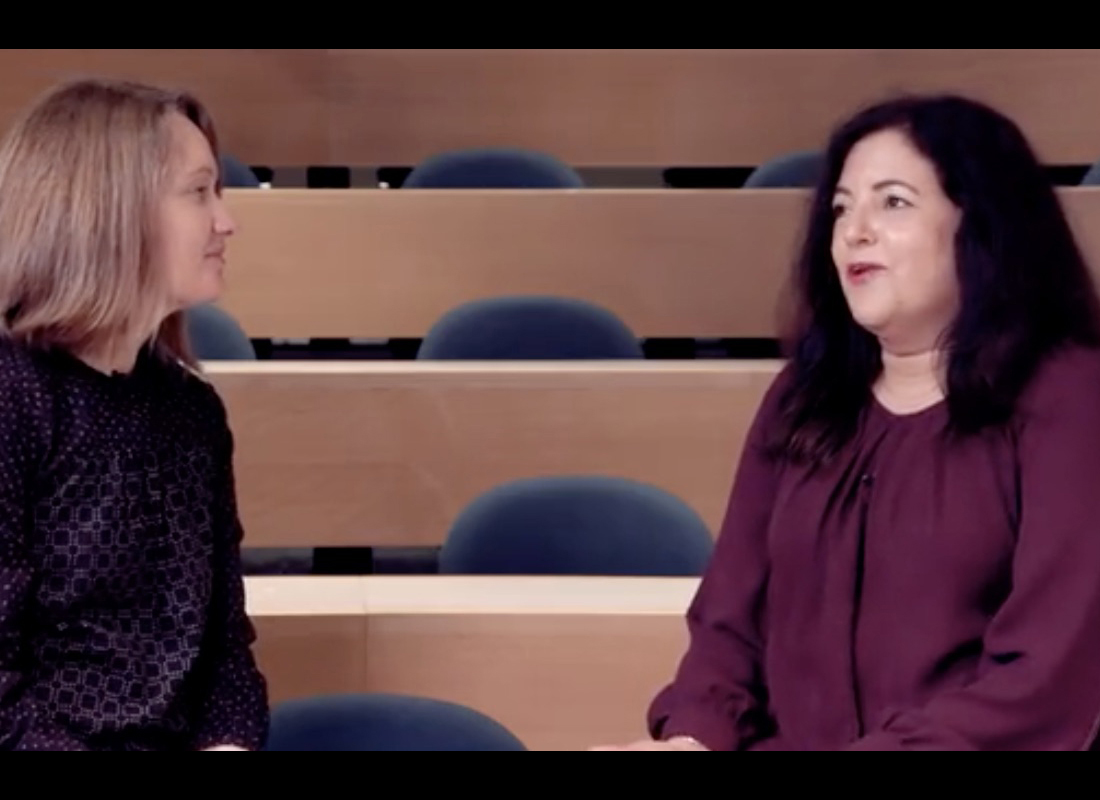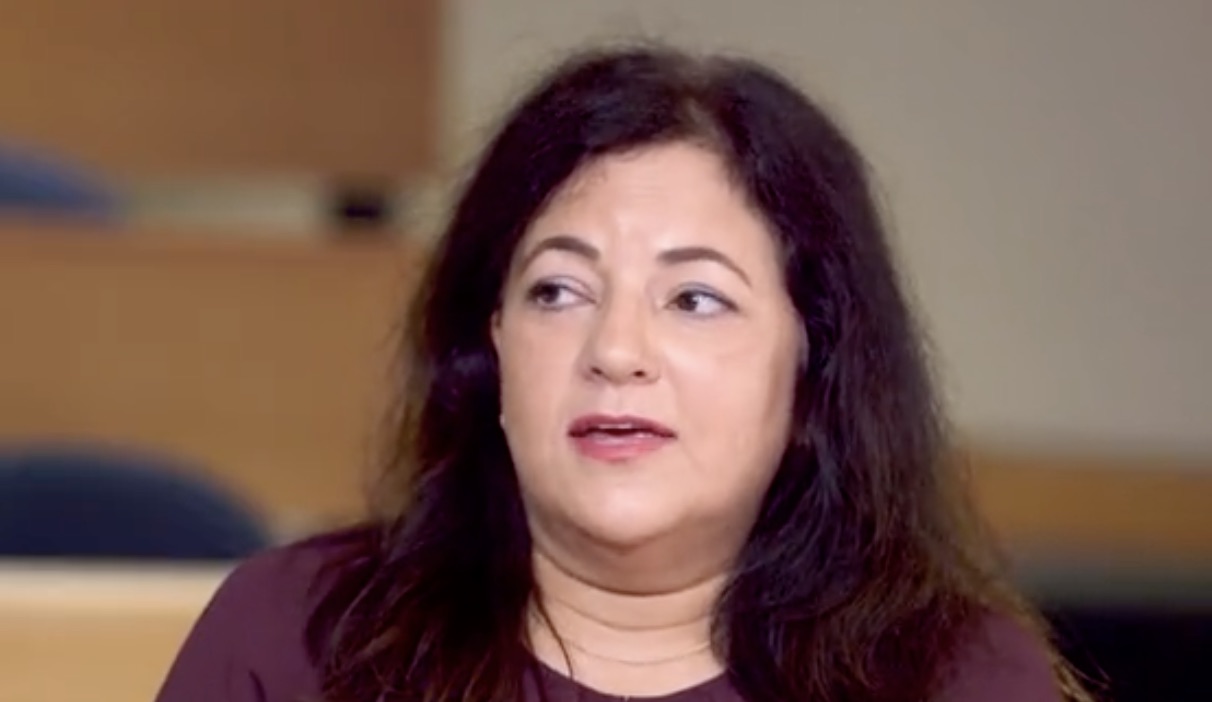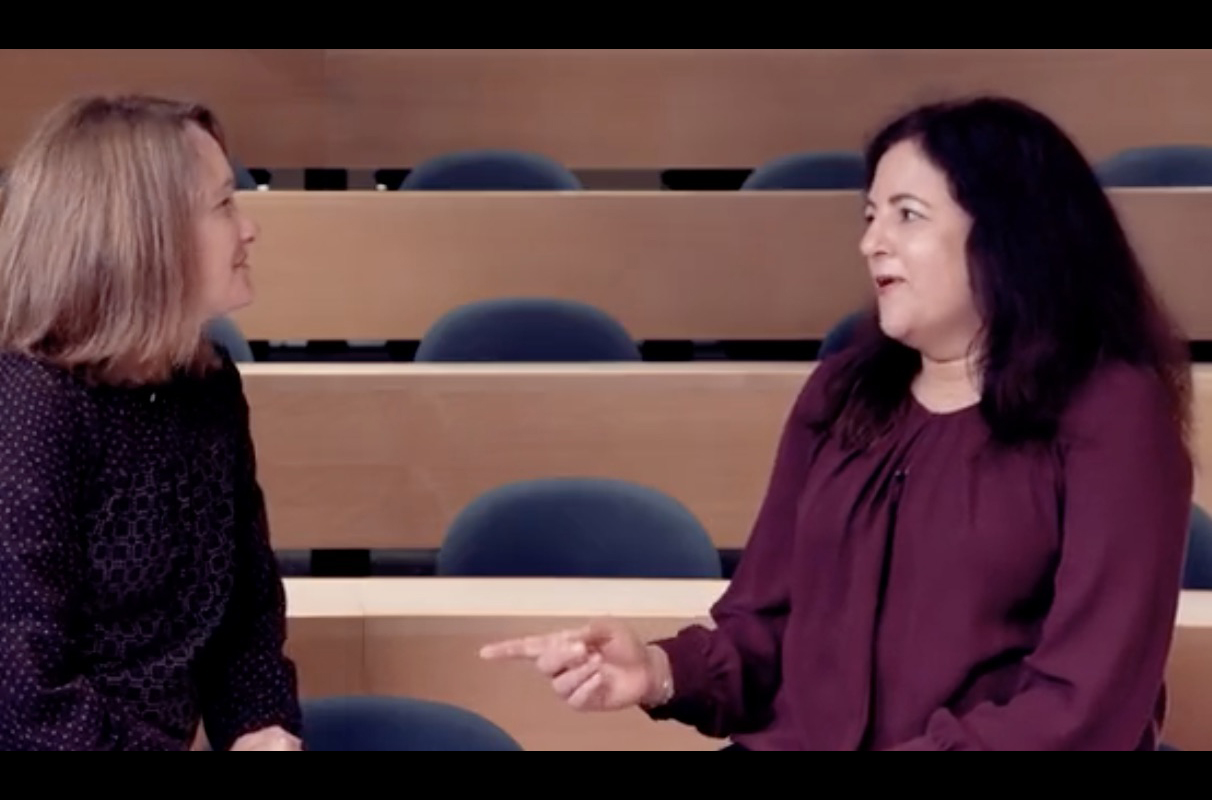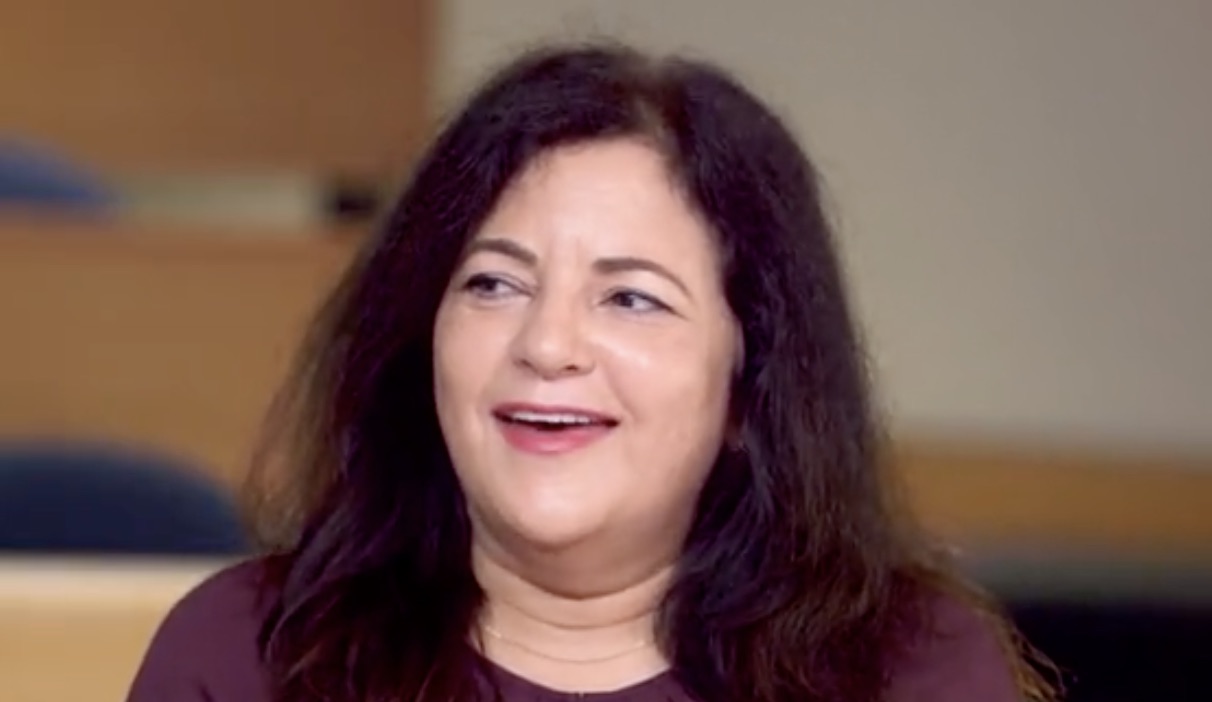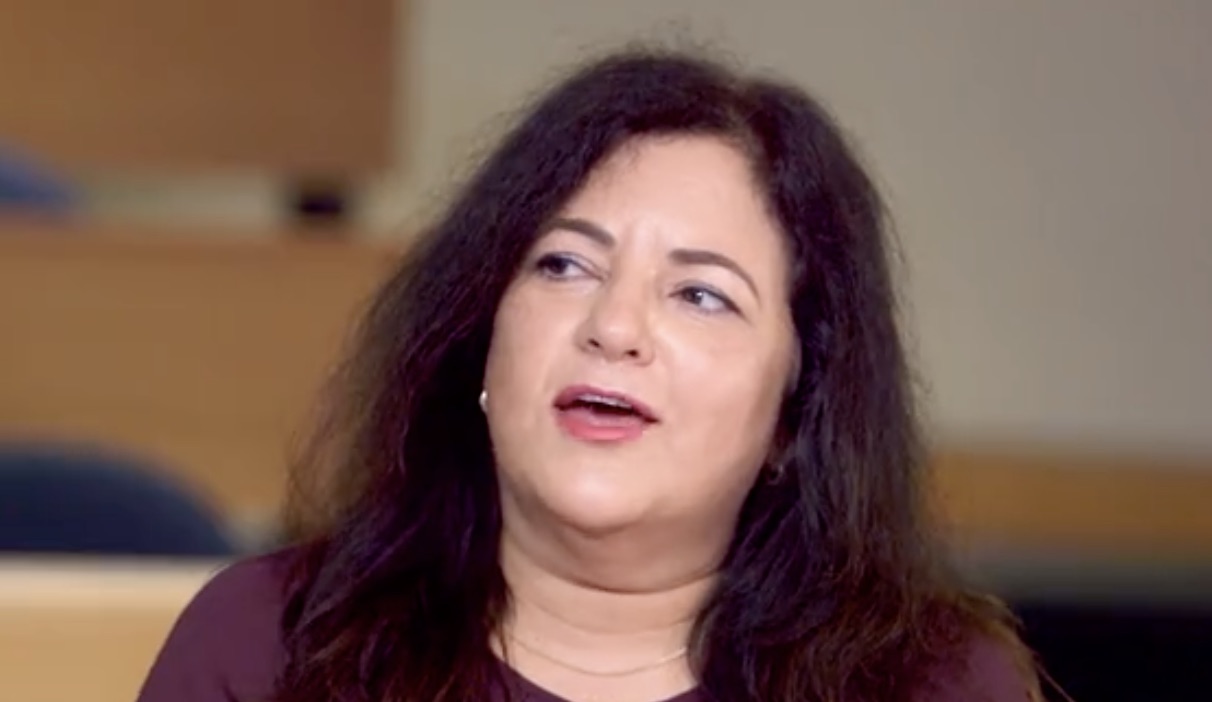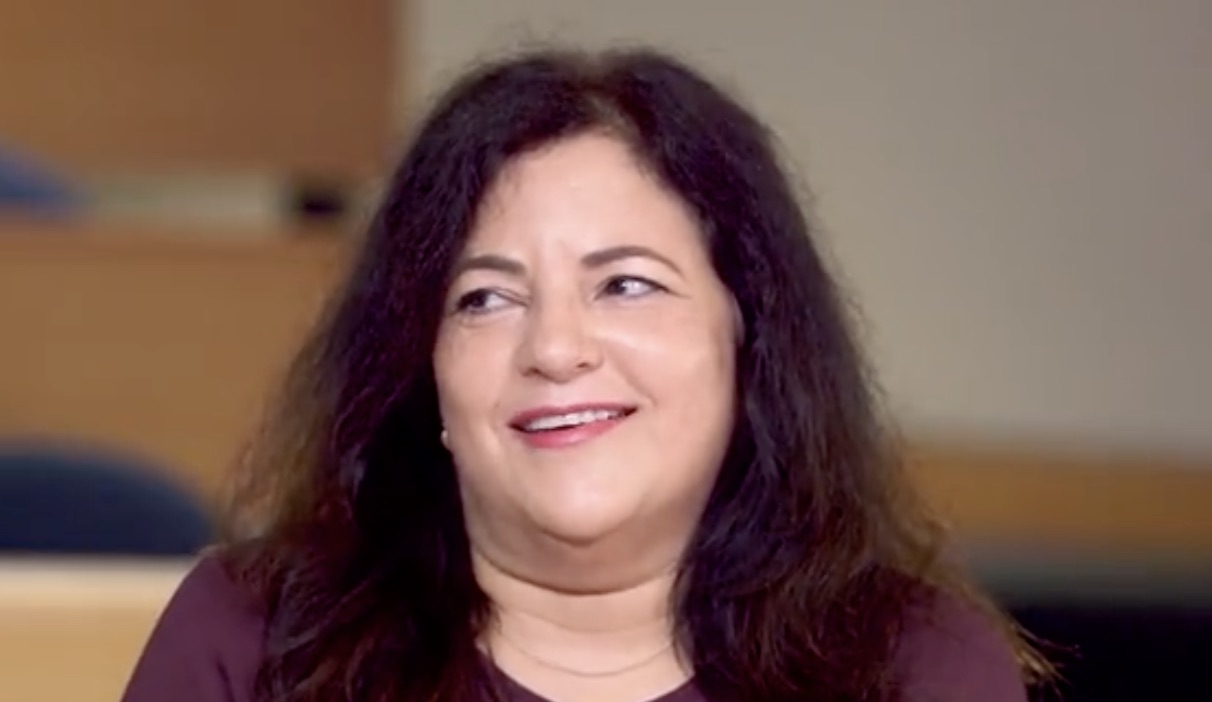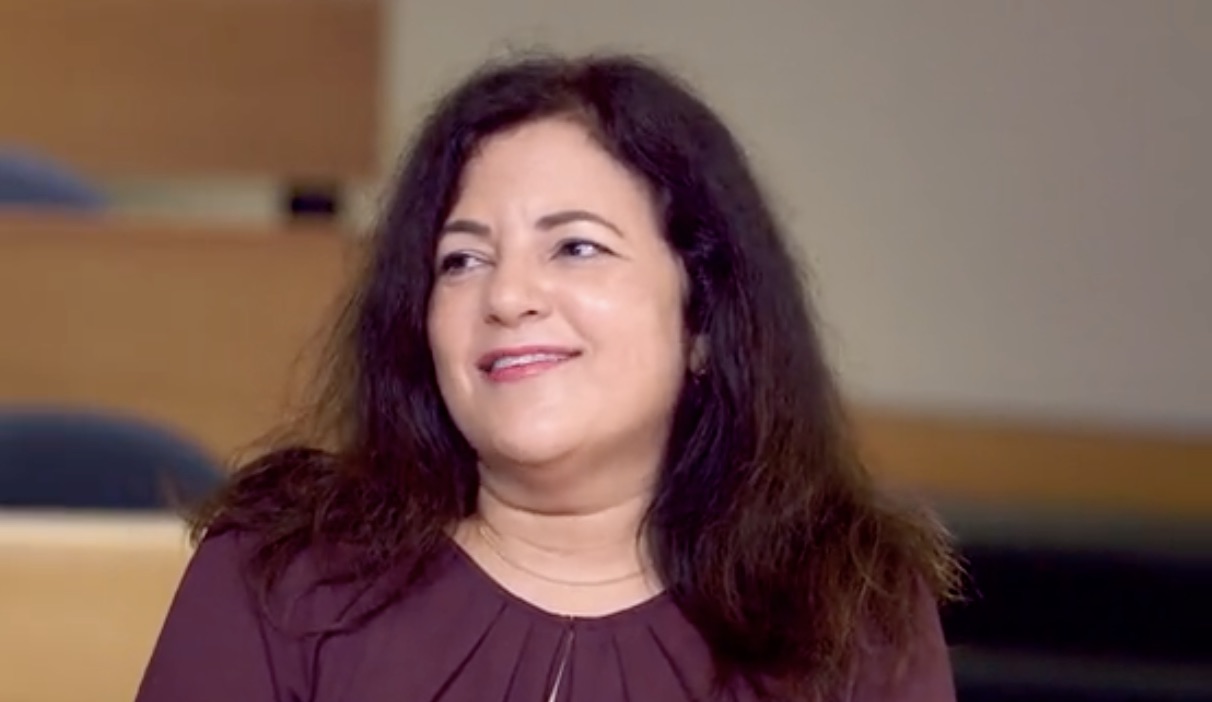Flash and JavaScript are required for this feature.
Download the video from Internet Archive.

An Interview with Anjali Sa...
ANJALI SASTRY: I've been teaching at MIT since 2001. And I've taught all kinds of classes. But the innovation I'm excited to be talking about today is a new set of linked projects that I helped our mid-career executive students-- the Sloan Fellow MBAs-- on this past year. So I hung up my shingle and asked students who had a passion for linking technology with social impact in some way to come and talk to me. And I created with them a set of projects which allowed the students to really dig into areas that they came to MIT passionate about, but also to link it to their coursework and their degree program.
SARAH HANSEN: Could you talk a little bit about some of the specific projects that students did?
ANJALI SASTRY: The project students did ranged greatly but all had as a theme using what they were learning here and tapping into emerging or existing technology in new ways to find solutions to problems that face many. That's the social impact aspect of it. And it took with each student some effort to really map out a good enough and focused enough question that was doable as an independent study project and that was deep enough to allow me to really bring to bear the educational goals that I had for the projects.
So one student, Doreen, was really interested in the problem of creating agricultural products in Africa using crops and products that are grown right there in Africa. Why is Africa importing a lot of consumer products when the continent has a lot of agricultural assets? So she was really interested in understanding-- what are the business models, what are the constraints, what are the opportunities when it comes to finding new ways to create locally sourced products that could actually serve beauty, nutrition, or other needs in her native Zimbabwe or elsewhere in Africa.
I'll tell you about another project. Idoia, a student who came to me after deep experience at the World Bank, was really interested in a challenge that traditional governmental organizations really wrestle with. How do we tap into entrepreneurship when we're trying to serve the public good? There seems to be a challenge in linking the entrepreneur and the public sector.
And we know that there are all kinds of innovations that play in this sphere. From ridesharing and regulated industries, all the way through to providing in a better way the services that governments are already on the hook for. So they're either regulated or they are substitutes for improvements of services that governments provide. And sometimes they're also missing services. What are the barriers to this? Where are the opportunities? What are the trends? And can we actually map out where we think this field could go, of mixing entrepreneurship and the public sector?
One of my students, Aline, came to MIT completely on fire with this idea of tapping into analytics and AI to solve what she saw as a major challenge when it came to bringing finance to small holder and small scale farmers. She's an expert on agricultural finance. And she realized that, in her native Brazil and elsewhere, people who didn't have good credit standing and good credit records-- farmers who didn't have those assets-- couldn't get loans and were forever locked out.
So there's a big dichotomy between the people who have access to finance and those who don't. Could she break down that barrier in some way? Could new forms of data and technology help do that? So instead of relying only on somebody's credit record, could you look at the weather, their farming choices, their behaviors, and physical data, and use it to come up with a better assessment of the riskiness of a given farmer from the lender's point of view? Slightly technical area. But it actually has huge implications because it could open the door to all kinds of folks who are excluded from traditional finance by providing other methods of sorting out their riskiness and their credit worthiness.
SARAH HANSEN: So how did it all work logistically? How did you manage to create all these different individual projects?
ANJALI SASTRY: So that's the downside of this approach. Each project was customized. It's kind of a boutique learning experience in a sense. And one of the things I've learned about trying to innovate when it comes to teaching is you have to be willing to invest a lot the first few rounds-- the first few years you do something. And then over time, you learn how to make it a little more efficient, streamlined, and maybe scalable, and more cost effective.
But this year was definitely a labor of love. So students came to me with all kinds of ideas. And I had open office hours. I have a wiki page where students can sign up to meet with me in 20 minute increments. And I would just set up hours of these meetings every week and sit and talk to students about their ideas, try to formulate some reasonable next steps, really push them to think about how they're using their coursework here and their presence on campus to craft something they couldn't do anywhere else and that spoke to everything else they had access to while they were here.
So that process took a lot of back and forth. Usually, I would meet with students once a week. I opened a shared folder with each of them and would shoot materials that I found into the folder and have them load their drafts, work plans, and other work in progress there. And then I also got into a very quick habit of sending any interesting reading, news article, conference notice directly to the students. So some of them would be getting 10 emails from me a week.
But that really got us going because they could see I was thinking about it all week, and they were too. I learned I had to keep a whiteboard up in my office with each project and each person, because I had over a dozen running, to keep them straight and try to remember who's doing what so that when I saw it-- when I came into the office-- that person would be on my mind, or that project would be on my mind.
SARAH HANSEN: Do you see this as something that is potentially scalable in the future?
ANJALI SASTRY: I do. One question I've been thinking about a lot is how you could also use peers. Could we craft project clusters? So could we link the themes? But could we also have students helping each other, coaching each other a little bit? Could we use group meetings as a way to surface a helpful discussion about what's working and what isn't? I think that that's the next step. So I think that will get to some scalability. I do think-- mundane as it sounds-- I think it's also important to have good forms and paperwork. Having people really articulate in writing briefly what they want to do and having a structured kind of update process really helps. Keep the momentum, and build the focus.
SARAH HANSEN: How do you measure success in projects like this?
ANJALI SASTRY: That's a great question because students who are following their passions really get into it. You give them enough freedom, they will have a good time. But part of our challenge as their teachers is to help make sure that we're embedding into their approach enough rigor, that we're looking at the data and the evidence, and that it's being linked to the content we're teaching here. So a passion project by itself may or may not be academic.
So there's a bit of tension there of us having to remind students of the need to keep making all of these connections. So I would really view success as when we're able to get the students to not only pull out, develop, polish a great new idea, but also to link it to what they've been learning here and test their ideas with a level of attention to the data-- even if it's qualitative-- that really we can all stand behind.
SARAH HANSEN: And how did you do that in these projects?
ANJALI SASTRY: So part of the requirement is to really make sure that if a student-- there's actually quite a lot of work in trying to unpack the logic, the thinking behind a new idea. And I would spend a lot of time trying to help figure out, where is it we need to drill down to backup this idea? Where is it that we use the literature and the research, where you're going to do desk research to shore up one leg of what you're doing?
And where is it that you're going to gather new information-- whether it's by observation, by interviews, by other methods-- that you can bring to bear? So I really was looking for both. Where's the link to other people's work to the research and the literature? Where's the link to something new that you've uncovered using methods that you were going to describe systematically?
SARAH HANSEN: I see.
ANJALI SASTRY: The great thing about this is that it helps me to learn. So part of what I think the huge value in teaching this way is that you, as the instructor, have this gift of hearing new ideas that aren't necessarily embedded into the academic structure yet. So I discovered there really is a need to build a better theory and framework around public entrepreneurship. That's really interesting. That helps me think about my own research goals and where I might build new collaborations here on campus with other faculty and researchers.
SARAH HANSEN: And speaking of collaborations, what was the role of networking in this experience for Fellows?
ANJALI SASTRY: So students coming here have varying predilections for networking and connecting with others. And many of them really benefit from having a focus to that. So very often we tell students-- you have this gift of being here on campus for a while. Make the most of it. But if you're just trying to meet people to fill up your Rolodex, it's rather self-serving. And it's awkward. And there's no reason to meet. But if you can articulate a really interesting question, this gives students a reason to contact people.
So I really view the two as linked. Develop a great problem statement or research question. Use that to look at what you have access to on campus. That might include faculty, postdocs, research teams. That might include alumni. It includes folks within the MIT ecosystems. You might head over to an incubator or some other-- a venue, an event where people are. And then because we get a lot of people passing through-- as well as invitations to meetings, conferences, and events, globally-- I would shoot those to my students. So say, so-and-so is coming to campus next week. See if you can get on their agenda. And that would often work.
SARAH HANSEN: How are you looking to tweak this experience the next time you teach it?
ANJALI SASTRY: So I think having the steps in the process a little bit clearer and having the motivating question of each step in a project like this-- really central. So early stages, here's what you should be thinking about. Here's the questions you need to answer. Middle stages, late-- so if I have a better framework for the steps in the work, I think that would be a big benefit. Another is to realize not every student who comes in with their passion project is necessarily going to want to-- or should-- turn it into an in-depth study.
So I've learned that you can't convert everyone. And that's OK. Because this is an offering of a new learning experience. It's very much driven by the students' interest. You need to really be able to allow the students to self select in. It's hard to offer something like this as a requirement. So that's another piece is striking the right balance between opening the door and inviting people in versus cracking the whip and following up on them.
Students get really busy. So one downside of an unstructured course is that it can fall by the wayside because they have their structured requirements and course meetings for all their other classes and this begins to feel like something on the side. So how you maintain the momentum and make sure that enough investment is going in is really important. So better sourcing and screening. Better process. And having regular meetings are all really important ingredients.
SARAH HANSEN: Is there anything else you'd like to share about facilitating an experience like this that we haven't touched on yet?
ANJALI SASTRY: I think one of the challenges that an instructor has to balance is, how far am I willing to go outside of my domain of expertise? How much do I know about the blockchain? That's not an area of my research. So how far do I want to go down a set of projects that take that on. I need to be able to figure it out for myself and then also be very clear with the students.
I'm interested in this topic. I'll learn with you. But my domain of expertise relates to these areas. We can apply it to your questions. We can apply systems thinking, or organizational change, or business models to the questions you're articulating. But I am not the technical expert on this domain. So you'll need to work with someone else on that. And different instructors have different interests in stepping out of their comfort zone. So I think that's really important.
Another big question is, how willing are you as an instructor to have a mishmash of projects that take on very different domains? Or would you like them to be geographically or thematically linked? I suspect that I'm going to evolve a little more towards clustered projects. And I've seen some of my colleagues use such clusters of projects over time to build their own research insights. So I think that's really exciting. The idea of encouraging students to take on projects that motivate them but that also speak to an ongoing research program and on which you can start to build more knowledge and evidence.
SARAH HANSEN: Do you have any words of advice to your colleagues out in the world who might want to try something similar?
ANJALI SASTRY: Teaching this way is incredibly rewarding and also really scary. You'll often be invited into domains where you don't have the expertise. And it's quite hard to predict how a given session or a conversation will go. It's not like running a case where you know the story and you know what you're going to say at each moment in class, or you at least got a sense of what that might look like because very often students will come in and say, I've totally changed my mind. And you have to deal with that.
So there's both the personal journey of learning that's less predictable and the domain part that's less predictable. But you, as the instructor, get to set some of those parameters. By, for instance, requiring a written update before a meeting, you can manage the conversation better. And by specifying the types of projects that you would really want to take on, you can also ensure that they're clustered in areas that are relevant to your own expertise.
For me, one of the challenges-- I have to tell you-- is branding. What do I call this? Is it something different than just doing a bunch of independent studies? I think it's a work in progress. So I think the first few times you try out something like this, it doesn't yet have a fully distinct identity. And then, as I hone it, I'm going to give it a clearer name. But I've been using terms that link to social impact, that link to technology, and that also frame-- perhaps because it's focusing on the students I'm teaching-- but the idea of thinking strategically, thinking as a leader, and really putting yourselves in the shoes of an entrepreneur or an executive.
So I want them to not simply make general arguments about what should happen, but to think about what they could do as a leader, an entrepreneur, an executive. So, yeah, come up with a great name. I'm still working on mine. All suggestions are welcome. I put in there terms like new executive thinking for social impact or technology for social impact. So we'll see how that plays out. Check back later.
SARAH HANSEN: Thank you so much.
ANJALI SASTRY: Sure. You're welcome.


